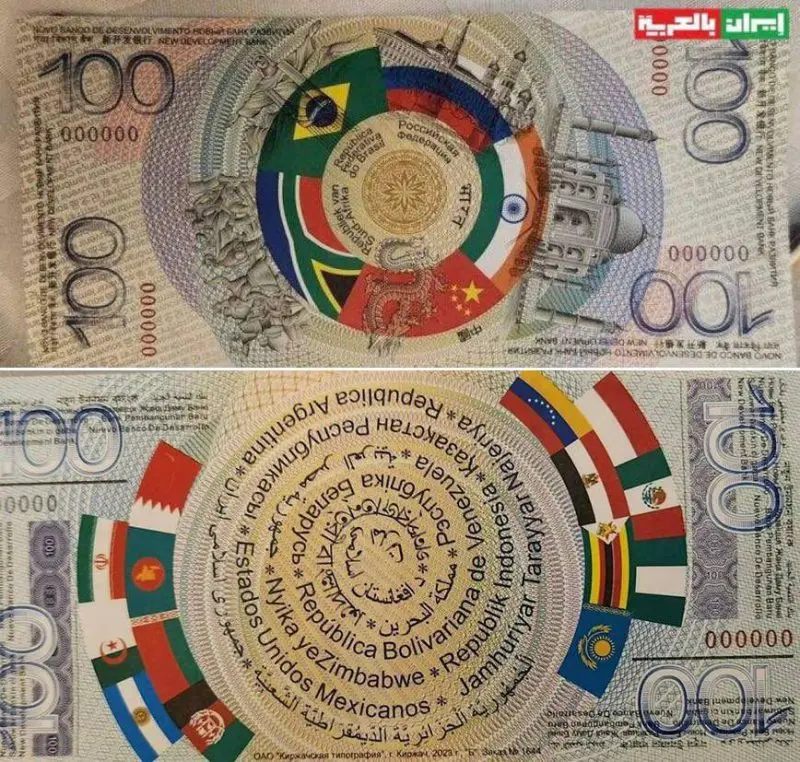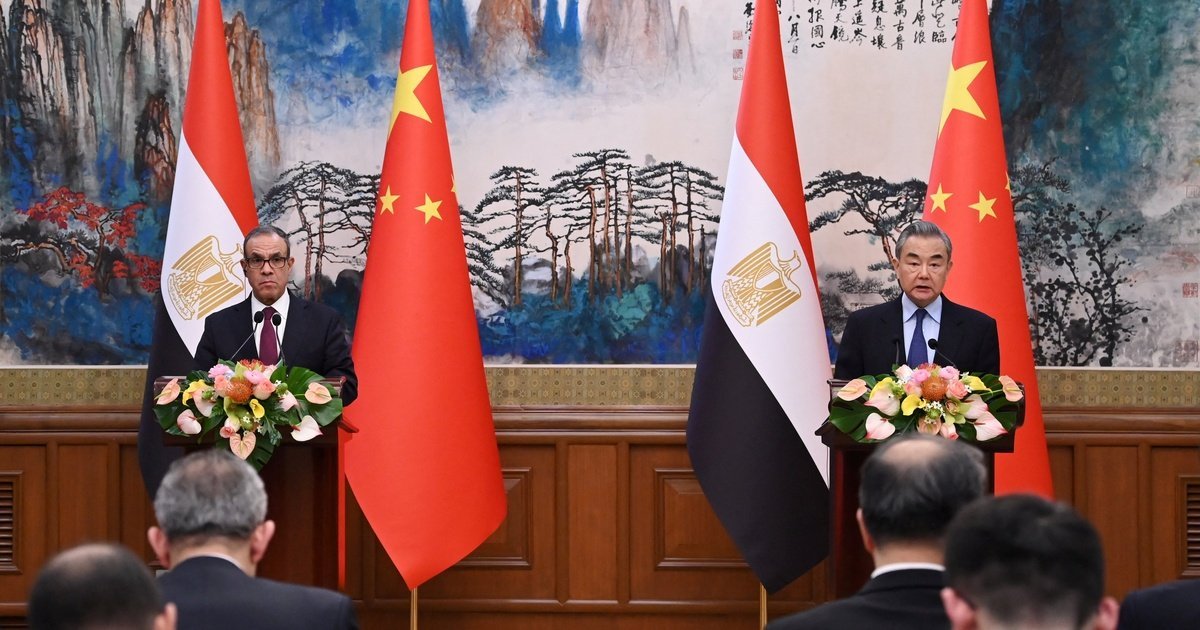The BRICS summit just concluded. China and the BRICS bloc are advancing significant projects to reduce their reliance on the U.S. dollar. Together, they aim to challenge the dollar’s dominance in global transactions and reserve holdings by leveraging digital currencies, particularly China’s digital yuan, and developing a new BRICS currency.
These initiatives have wide-ranging implications for crypto enthusiasts, finance experts, and global policymakers.
China’s Digital Yuan
China has taken a multi-phase approach to establish the digital yuan as a central tool in its de-dollarization strategy. Initially, China cracked down on decentralized cryptocurrencies in 2017, later banning crypto mining and trading altogether. This move emphasized that the government’s vision for blockchain-centered control rather than decentralization.
By 2024, the digital yuan (e-CNY) has seen extensive adoption in China, covering a wide array of use cases from public transit to payroll for civil servants in major cities.
With a two-tiered structure, the People’s Bank of China (PBoC) oversees digital currency issuance, with large institutions like state-owned banks managing distribution. These banks enable users to access the digital yuan via digital wallets for seamless, everyday transactions.
Notably, cross-border payments with partners like Singapore’s DBS Bank and BNP Paribas demonstrate China’s ambition to integrate the digital yuan beyond its borders.
The impact of blockchain adoption is also highlighted by forecasts for regional blockchain spending. According to the IDC, the United States currently holds 39.7% of the global market share in blockchain spending, with China making up 11.2% (as shown in the graph below).
This demonstrates China’s significant investment in blockchain, further supporting its ambitions to lead with its digital yuan in a future financial landscape.
BRICS and the New Currency


Parallel to China’s digital yuan rollout, BRICS nations have committed to launching a new currency designed to bypass the dollar in cross-border payments. Aimed for 2027, this currency will reportedly be backed by a basket of national currencies from BRICS countries and may incorporate blockchain technology for secure, dollar-free transactions.
The BRICS Pay system, under development, is expected to streamline this process, facilitating cross-border transactions without converting to the dollar, a step critical to furthering de-dollarization.
The BRICS currency plan builds on years of de-dollarization efforts by members like Russia, who have experienced the effects of U.S. sanctions through restricted access to SWIFT, the global payments network.
By creating an independent system, BRICS aims to offer an alternative to countries wary of dollar-linked sanctions, particularly those engaged in the Belt and Road Initiative (BRI), which already integrates digital yuan for seamless, scalable trade.
Rewriting Financial Power Dynamics
For crypto enthusiasts, these developments underscore a shift toward centralization as governments integrate blockchain not to decentralize but to maintain regulatory control. Although digital yuan’s underlying tech aligns with blockchain’s potential, it is centralized and controlled by the PBoC, sharply contrasting with decentralized assets like Bitcoin.
The dollar still dominates global finance, accounting for about 59% of world reserves. However, as the digital yuan and BRICS currency gain traction in markets across Asia, Africa, and Latin America, many expect a gradual erosion of this dominance.
BRICS’ use of blockchain to facilitate dollar-free transactions may incentivize more nations to diversify their currency reserves, potentially reducing dollar dependency
The partnership between BRICS and China’s digital yuan is part of a broader trend toward restructured financial systems, raising questions for the future of cryptocurrency. If successful, BRICS could reshape global trade dynamics and weaken the dollar’s grip on international finance.
Also Read: Elon Musk Pumps Over $132 Million to Support Trump and Republican Allies







